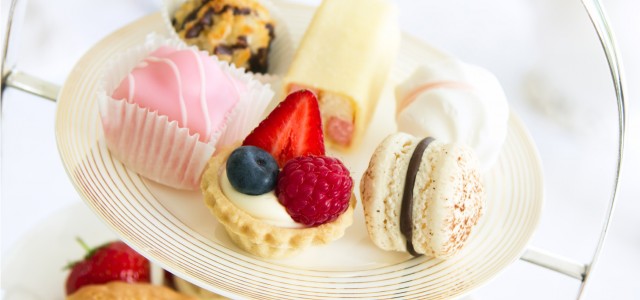
An English Custom
Observance of the custom of afternoon tea originated among the wealthy classes in England in the 1840s and it thrives to this day
Anna Maria Russell, the Duchess of Bedford, is widely credited as transforming afternoon tea in England into a late-afternoon meal while visiting Belvoir Castle, although Charles II’s wife Catherine of Braganza is often credited with introducing tea to the court upon her arrival in 1662.
By the end of the 19th century, afternoon tea was observed by both the upper and middle classes.
This English meal was very much a by-product of social economy. During the Industrial Revolution the main meal of the day changed from noon to evening, and the opportunity for a late afternoon snack presented itself. For the English, afternoon tea was the perfect answer.
Traditionally, the upper classes served a ‘low’ or afternoon tea at around 4pm consisting of cucumber, egg and cress, ham, and smoked salmon sandwiches, scones with clotted cream and jam, cakes and pastries, eaten just before the fashionable promenade in Hyde Park.
Middle and lower classes had a ‘high’ tea later in the day, at 5pm or 6pm. A typical menu at high tea would consist of roast pork, stand pie, salmon, salad, trifle, jellies, lemon tarts, chocolate roll, pound cake, bread and cheeses. The names of low tea and high tea is derived from the height of the tables on which the meals were served. Low tea was served not at a dinner table but on low tables – what we could call coffee tables, while high tea was served at the dinner table.
Victorian-era teas assumed many forms, ranging from informal feminine gatherings to elaborate ornate events attended by hundreds. This versatile meal played a unique role in British life and was enjoyed throughout the Empire.
In Mrs Beeton’s Book of Household Management, Isabella Beeton, whose books were widely read in the 19th century, writes: “The afternoon tea signifies little more than tea and bread-and-butter, and a few elegant trifles in the way of cake and fruit. The meal is simply to enable a few friends to meet and talk comfortably and quietly.”

